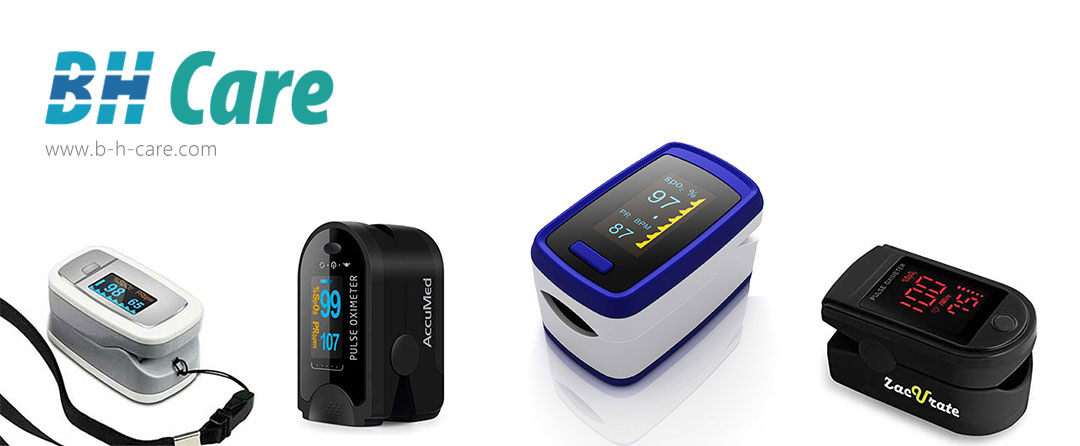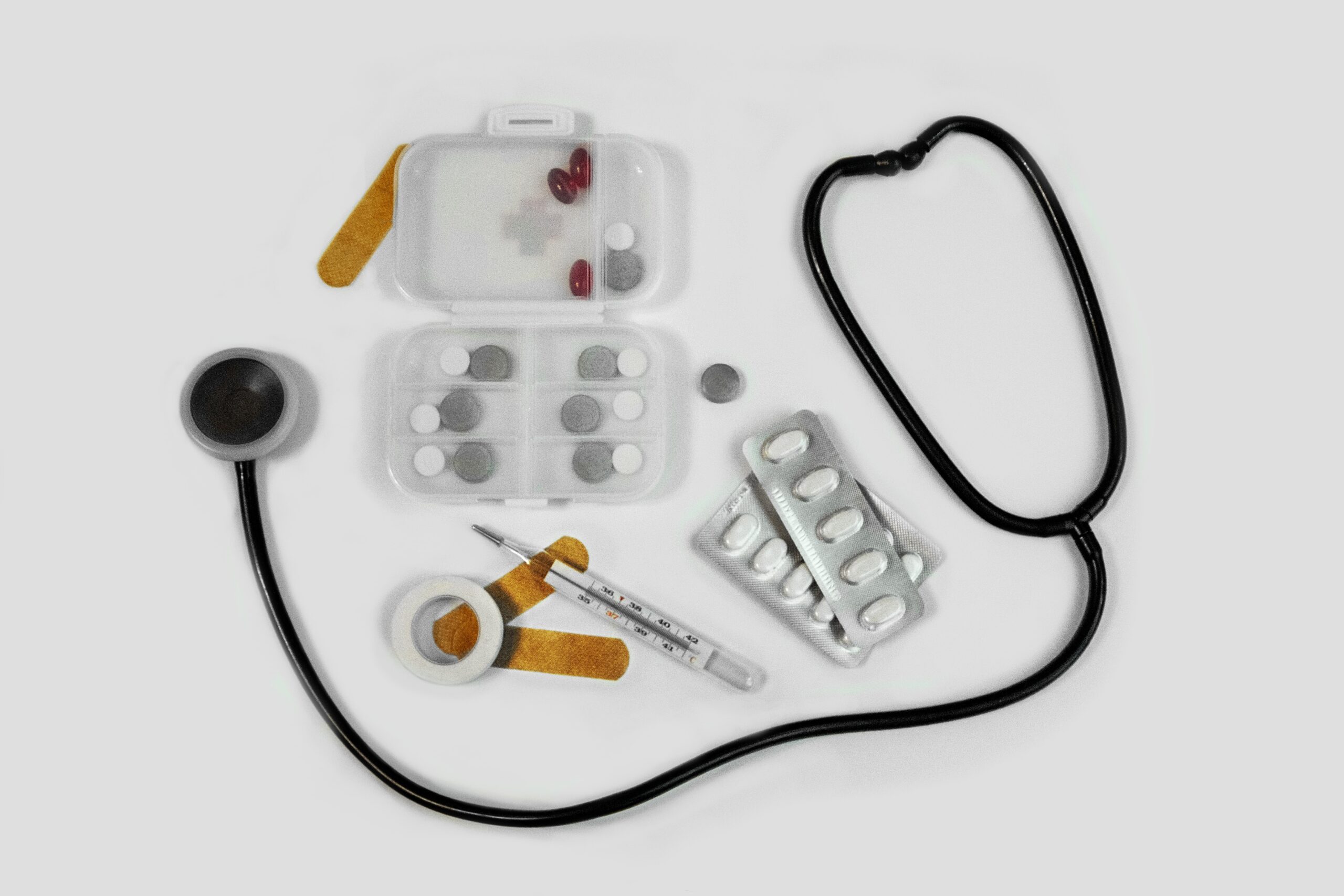5 Basic Thing You Need To Know About Pulse Oximeter Before Purchasing are:
1.What is an oximeter used for? Why might I need pulse oximetry?
2.How does pulse oximeter work?
3.What is a normal reading on an oximeter?
4.What level of oxygen is dangerous?
5.Pulse oximeter price?

1.What is an oximeter used for? Why might I need pulse oximetry?
Pulse oximetry is a measure of how much oxygen is in the blood.
Pulse oximetry is a noninvasive method for monitoring a person’s oxygen saturation (SO2)(https://en.wikipedia.org/wiki/Pulse_oximetry). It is an easy, painless measure of how well oxygen is being sent to parts of your body furthest from your heart, such as the arms and legs.
A clip-like device called a probe is placed on a body part, such as a finger or ear lobe. The probe uses light to measure how much oxygen is in the blood. This information helps the healthcare provider decide if a person needs extra oxygen.
Every system and organ in the body needs oxygen to survive. Without oxygen, cells begin to malfunction and eventually die. Cell death can cause severe symptoms and ultimately lead to organ failure.
Pulse oximetry may be used to see if there is enough oxygen in the blood. This information is needed in many kinds of situations. It may be used:
During or after surgery or procedures that use sedation
- To see how well lung medicines are working
- To check a person’s ability to handle increased activity levels
- To see if a ventilator is needed to help with breathing, or to see how well it’s working
- To check a person has moments when breathing stops during sleep (sleep apnea)
Pulse oximetry is also used to check the health of a person with any condition that affects blood oxygen levels, such as:
- Heart attack
- Heart failure
- Chronic obstructive pulmonary disease (COPD)
- Anemia
- Lung cancer
- Asthma
- Pneumonia
https://www.hopkinsmedicine.org/health/treatment-tests-and-therapies/pulse-oximetry

2.How does pulse oximeter work?
Pulse oximeters are clip-on devices that measure oxygen saturation. The device may be attached to a finger, a wrist, a foot, or any other area where the device can read blood flow.
Oxygen saturation can drop for many reasons, including:
- suffocation
- choking
- infections, such as pneumonia
- drowning
- diseases, such as emphysema, lung cancer, and lung infections
- inhaling poisonous chemicals
- heart failure or a history of heart attacks
- allergic reactions
- general anesthesia
- sleep apnea
Pulse oximeters work by shining a light through a relatively transparent area of the skin. The light shines through to a detector positioned on the other side of the skin.
For example, when a pulse oximeter is clipped onto a finger, one side of the clip shines the light, and the other detects it.
The amount of light absorbed by the blood indicates the oxygen saturation. A pulse oximeter does not directly measure oxygen saturation but instead uses a complex equation and other data to estimate the exact level.
3.What is a normal reading on an oximeter?
A measurement of your blood oxygen is called your oxygen saturation level. In medical shorthand, you may hear it called a PaO2 when using a blood gas and an O2 sat (SpO2) when using a pulse ox. These guidelines will help you understand what your result might mean:
Normal: A normal ABG oxygen level for healthy lungs falls between 80 and 100 millimeters of mercury (mm Hg). If a pulse ox measured your blood oxygen level (SpO2), a normal reading is typically between 95 and 100 percent.
However, in COPD or other lung diseases, these ranges may not apply. Your doctor will let you know what’s normal for your specific condition. For example, it isn’t uncommon for people with severe COPD to maintain their pulse ox levels (SpO2) between 88 to 92 percentTrusted Source.
https://www.healthline.com/health/normal-blood-oxygen-level#oxygen-levels
4.What level of oxygen is dangerous?
An oxygen level below 88% can be dangerous for any period of time. An oxygen level below 85% warrants a trip to the hospital. Keep in mind that an oxygen level 80% and lower puts your vital organs in danger, so it is important to keep a blood oxygen level chart handy so you know what levels require immediate treatment.
5.Pulse oximeter price
There are many device available in the market, the price is from 15 USD to 100 USD, so what’s the real differences and how could we choose?
Pulse Oximeter Shopping Tips
- Accuracy: Select a device with no more than a 2 percent plus or minus margin of error.
- Battery Life: How long do the batteries last? The pulse oximeters we chose have batteries that last 30 to 40 hours, which can last years.
- Display: Does the unit have an easy-to-read display in all light conditions? Look for things like back-lit displays and rotating displays.An another big difference is that does the device has pulse rate waveform? Which can help monitoring the pulse rate in a period of time
- Alarms: Does the pulse oximeter device warn you about a low battery, when you are low on oxygen or have a low heartbeat?
- Durability: Look to see what kind of warranty comes with each pulse oximeter model. This often speaks to the durability of the device.
- Fit: Does the unit fit your finger comfortably? Most pulse oximeters come in the range of 0.5 to 3 inches. The pulse oximeter should fit snugly around your finger. If your finger bulges out, the oximeter is too small. Before ordering a pulse oximeter online, measure your finger from the tip of your nail to the bottom of the pad or first line on the end of your finger.








Recent Comments